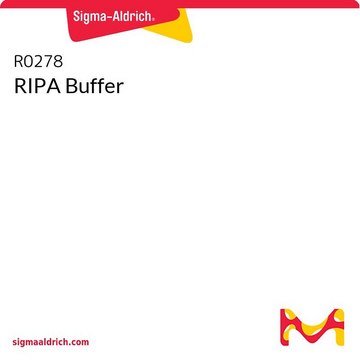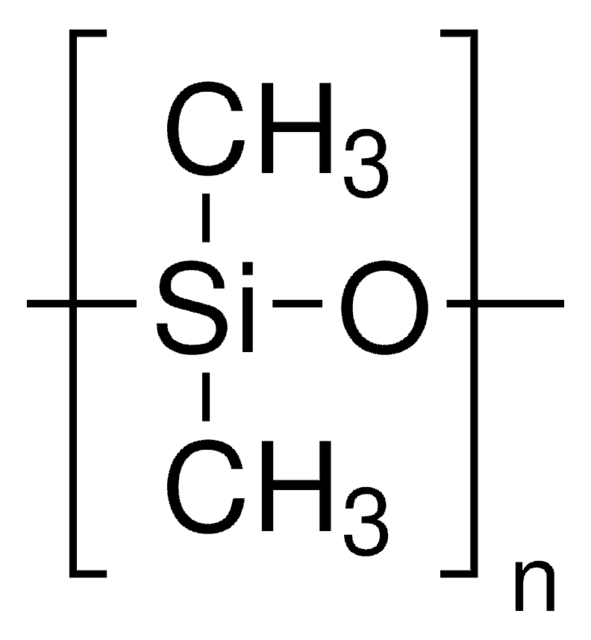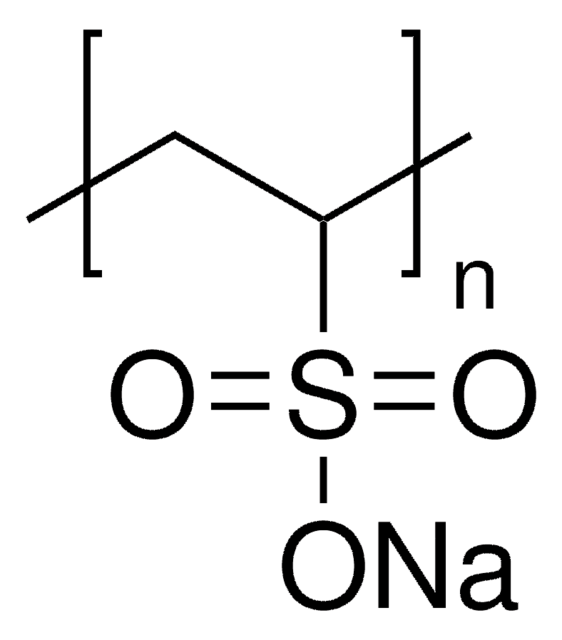AB9876
Anti-Stargazin Antibody
Chemicon®, from rabbit
Sinónimos:
Stargazin-like TARP (transmembrane AMPA receptor regulatory protein)
About This Item
Productos recomendados
biological source
rabbit
Quality Level
antibody form
affinity isolated antibody
antibody product type
primary antibodies
clone
polyclonal
species reactivity
rat, mouse
manufacturer/tradename
Chemicon®
technique(s)
immunocytochemistry: suitable
immunohistochemistry: suitable
immunoprecipitation (IP): suitable
western blot: suitable
NCBI accession no.
UniProt accession no.
shipped in
dry ice
target post-translational modification
unmodified
Gene Information
mouse ... Cacng2(12300)
rat ... Cacng2(84347)
Specificity
Immunogen
Application
Neuroscience
Synapse & Synaptic Biology
Immunohistochemistry: 0.25-0.5 μg/mL on 4% paraformaldehyde fixed tissue. Suggested dilution buffer is PBS-T. Suggested permeabilization method is 0.1% Triton X-100. Suggested incubation time is 2 hours to overnight at room temperature.
Immunocytochemistry
Immunoprecipitation: 1-2 μg. Suggested reaction volume is 200-1000 μL. Suggested total protein concentration is 2 mg/mL. Suggested incubation time is 2 hours at 2-8°C. Suggested capture agent is Protein A.
Optimal working dilutions must be determined by end user.
Physical form
Storage and Stability
Legal Information
Disclaimer
¿No encuentra el producto adecuado?
Pruebe nuestro Herramienta de selección de productos.
Storage Class
12 - Non Combustible Liquids
wgk_germany
WGK 1
flash_point_f
Not applicable
flash_point_c
Not applicable
Certificados de análisis (COA)
Busque Certificados de análisis (COA) introduciendo el número de lote del producto. Los números de lote se encuentran en la etiqueta del producto después de las palabras «Lot» o «Batch»
¿Ya tiene este producto?
Encuentre la documentación para los productos que ha comprado recientemente en la Biblioteca de documentos.
Nuestro equipo de científicos tiene experiencia en todas las áreas de investigación: Ciencias de la vida, Ciencia de los materiales, Síntesis química, Cromatografía, Analítica y muchas otras.
Póngase en contacto con el Servicio técnico







